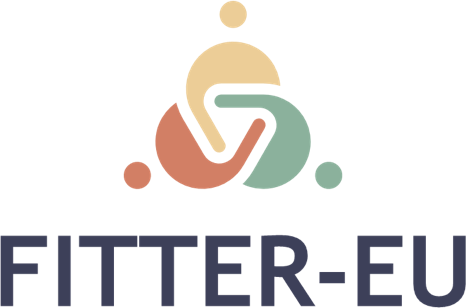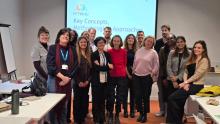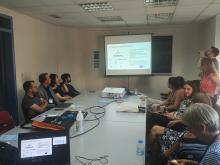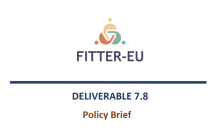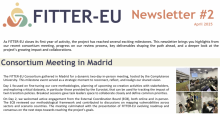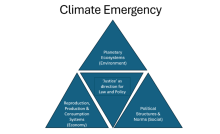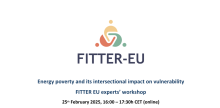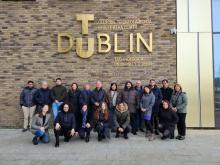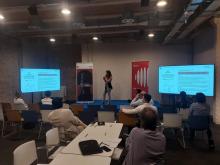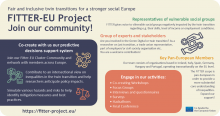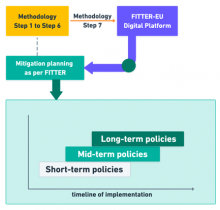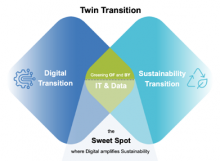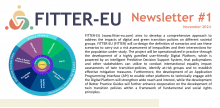DELIVERABLE 7.8 - Policy Brief

The EU aims to achieve climate neutrality by 2050 by reducing greenhouse gas (GHG) emissions and ensuring permanent carbon removal. As part of this goal, it promotes the "twin transition" – a concept that leverages digital technologies to support the green transition while aiming to maintain economic growth. However, concerns have emerged regarding the effectiveness and fairness of this approach.
The FITTER-EU policy brief emphasizes the need to rethink transition policies to ensure they are socially inclusive, environmentally sustainable, and economically viable. Key insights and recommendations include:
- Rethinking Green Jobs for a Just Transition. The twin transition must be seen as a long-term process requiring inclusive policies. Key priorities include:
- Broadening the definition of green jobs to cover other activities like care, health, and education.
- Investing in tailored re-skilling to align workforce capabilities with shifting sectoral demands.
- Addressing consumer poverty, such as energy and transportation poverty, through accessible, low-emission solutions.
- Rethinking Green Growth for a Just Transition. A just transition to net-zero requires more than green growth – it demands restructuring economic and social systems. Current models centred on GDP fail to address inequality, social value, and ecological limits. Alternative frameworks like doughnut economics, propose prioritizing wellbeing over growth, supported by both technological and social innovation. Key recommendations include:
- Engaging local communities to co-develop inclusive, location-based transition strategies.
- Applying multi-criteria analysis to assess environmental and social impacts, and to measure access to essential services within planetary boundaries.
- Governance for a Just and Effective Twin Transition. To manage the green and digital twin transition effectively, a dynamic, inclusive, and coordinated governance model is essential. The FITTER-EU report outlines five key recommendations:
- Establish integrated governance structures to align green and digital goals across all levels.
- Strengthen local capacity by pairing investments with technical assistance and streamlining funding procedures.
- Mainstream social equity through intersectional impact assessments and targeted support for vulnerable regions.
- Institutionalize stakeholder engagement by ensuring civil society participation at every stage of policy-making.
- Enhance transparency and adaptive learning through open data dashboards and regular policy reviews.
Link to the document:
